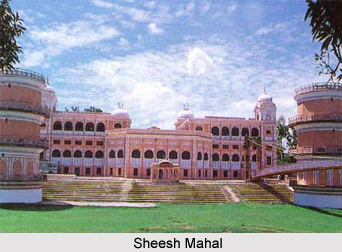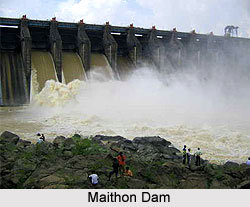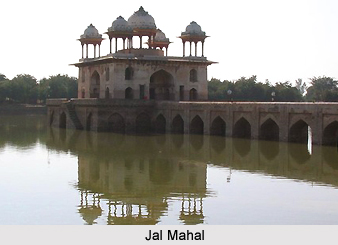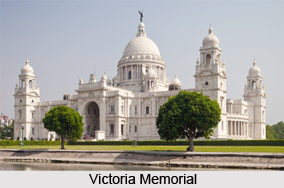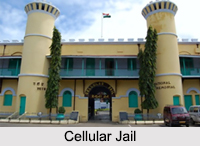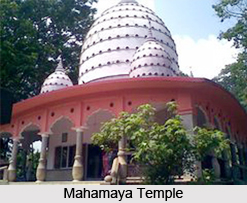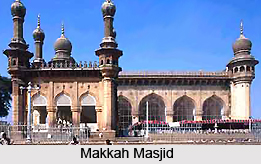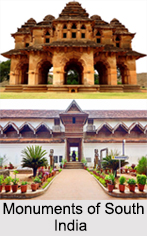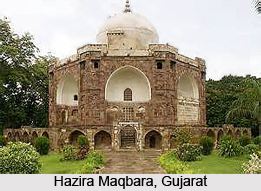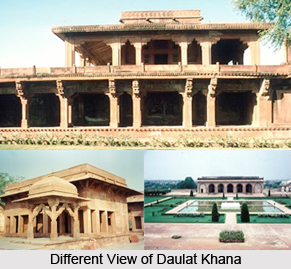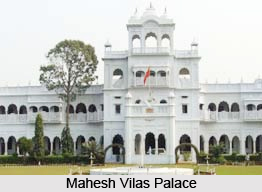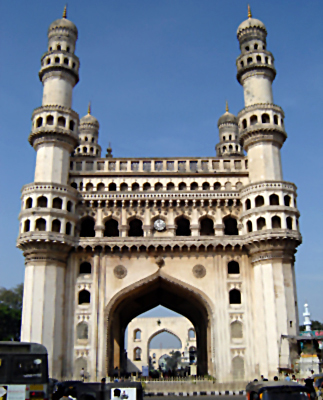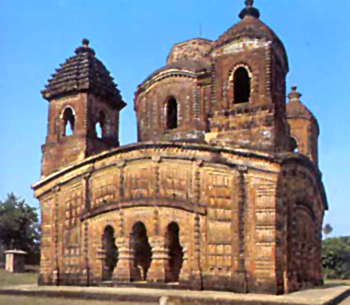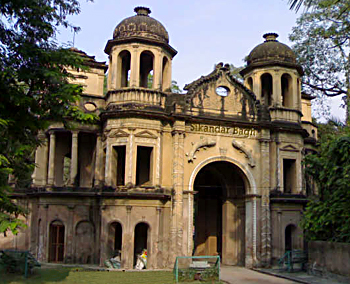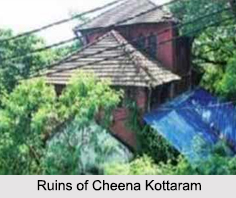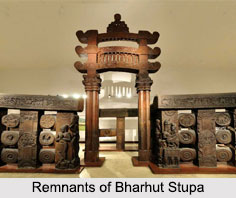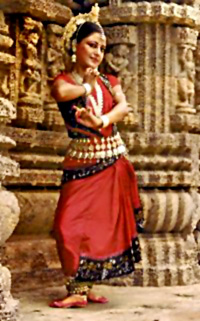 Sastrik performing arts of Orissa are contained in the drama, music and dance forms of Orissa which follow the ancient Sastras. Sastrik performing arts are those art forms whose performance is structured according to some fixed cannons, written, verbal or written-verbal. These art forms more or less follow the rules laid down in the ancient Sastras. Even some modern forms of performing art, which follow the rules and conventions of some old or modern Sastras can be called Sastrik. The Sastrik performing arts of Orissa as seen in the dramatics, music and dance performances of the state are discussed below.
Sastrik performing arts of Orissa are contained in the drama, music and dance forms of Orissa which follow the ancient Sastras. Sastrik performing arts are those art forms whose performance is structured according to some fixed cannons, written, verbal or written-verbal. These art forms more or less follow the rules laid down in the ancient Sastras. Even some modern forms of performing art, which follow the rules and conventions of some old or modern Sastras can be called Sastrik. The Sastrik performing arts of Orissa as seen in the dramatics, music and dance performances of the state are discussed below.
Sastrik Drama of Orissa
The Sastrik drama of Orissa was in Sanskrit language. The Sanskrit drama written by Oriya dramaturgists strictly followed the ancient Sastras. These dramas used to be staged in courts and temples of Orissa. `Anargharaghava` by Murari Mishra of 8th century A.D. is considered to be the earliest Sanskrit drama written in Orissa. It dramatizes the Ramayana in seven acts. Another important work is `Prabodha Chandrodaya` by Krishana Mishra. The theme of most of these plays revolves round Vedanta philosophy. The characters are allegorical in nature such as Daya (compassion) Kshama (forgiveness) etc.
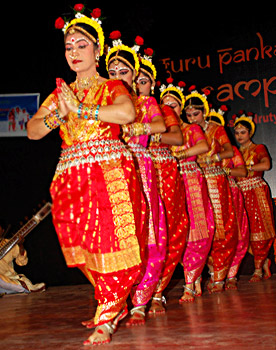 Jayadeva whom many Oriya historians consider to belong to Orissa, composed the famous Geeta Gobinda. It is a good example of the synthesis of dance, music and drama. Biswanath Mohapatra, the author of `Sahitya Darpan` had written a Sanskrit drama entitled `Chandrakala`. Gopinath Sandhi Bigrahik was a scholar and dramatist in the court of Gajapati Narashimha IV. He wrote the drama `Parijat Haran Natakam`.
Jayadeva whom many Oriya historians consider to belong to Orissa, composed the famous Geeta Gobinda. It is a good example of the synthesis of dance, music and drama. Biswanath Mohapatra, the author of `Sahitya Darpan` had written a Sanskrit drama entitled `Chandrakala`. Gopinath Sandhi Bigrahik was a scholar and dramatist in the court of Gajapati Narashimha IV. He wrote the drama `Parijat Haran Natakam`.
The authorship of the work entitled `Parsuram Vijaya` is attributed to Gajapati Kapilendra Deva, the greatest among the Hindu kings of Orissa. The speciality of this play is that it is bilingual. Though the main drama was in Sanskrit language there was interpolation of Oriya songs in it. `Jagannath Ballav Natak` is a famous Sanskrit play written by Ray Ramananda. He was the commander-in-chief of King Prataprudra Dev. The historical significance of this play from another point of view is that the Devadasis were brought outside the precinct of the temple as the play was staged for the public and outside the temple. Odissi dance and music henceforward took a secular turn. Within this span often centuries i.e., from 8th to 18th centuries more than 20 Sanskrit plays were written in Orissa.
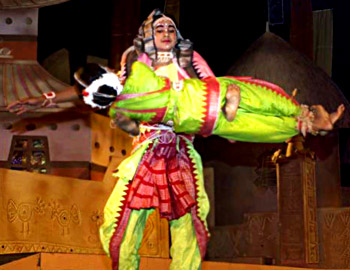 Champu Kavya is a blending of prose and poetry. In most cases the content is put in the form of dialogue. They are considered to be the predecessors of musicals and dance drama. In Orissa Champu is written both in Sanskrit as well as in Oriya, the latter being more popular. The most famous Oriya Kavya written in Champu style was `Kishor Chandranana Champu` by Kavisurya Baledeva Rath. It is said to have contained in it the germs of modern Oriya drama.
Champu Kavya is a blending of prose and poetry. In most cases the content is put in the form of dialogue. They are considered to be the predecessors of musicals and dance drama. In Orissa Champu is written both in Sanskrit as well as in Oriya, the latter being more popular. The most famous Oriya Kavya written in Champu style was `Kishor Chandranana Champu` by Kavisurya Baledeva Rath. It is said to have contained in it the germs of modern Oriya drama.
Sastrik Dance of Orissa
The Sastrik dance form of Orissa is Odissi. It is accepted as a classical dance form. It is very difficult to trace the exact period of origin of this Odissi dance form. But it is an established fact that Odissi dance came to existence through the Devadasis of Jagannath temple at Puri. In the Madala Panji it is written that Raja Raja Deva II (1170-1194 A.D.) appointed twenty dancing girls for service in the temple of Jagannath.
In course of time the temple-centred Mahari dance tradition declined and the community-centred Gotipua tradition evolved. This Gotipua tradition was not found till 17th century A.D. Some hold the view that in the time of Ray Ramanada the boy-dance tradition originated. For the first time, this form of temple dance came out for public viewers through these Gotipuas. The Gotipua dance also can be included in folk species, as the Gotipuas do not conform very strictly to the canons of Odissi dance. The Gotipua dance troupe usually consists of four to five members and the guru sings with harmonium. Two others accompany him on Mardala and Gini. Through public performances they earn their livelihood. The songs used are mostly from Vaishnava poets of Orissa.
Sastrik Music of Orissa
The Sastrik music of Orissa is the Odissi music. Indian classical music has five main branches- Avanti, Panchali, Udramagadhi, Hindustani and Carnatic Music. Of these, Udramagadhi exists in the form of Odissi music. Odissi songs traditionally depict the love and frolics of Radha and Lord Krishna. Odissi music is used as an accompaniment to Odissi dance. In Orissa, Odissi music is presented separately as concert music as much as it is used as the musical accompaniment of Odissi dance. The concert style differs from the dance music of Odissi.
